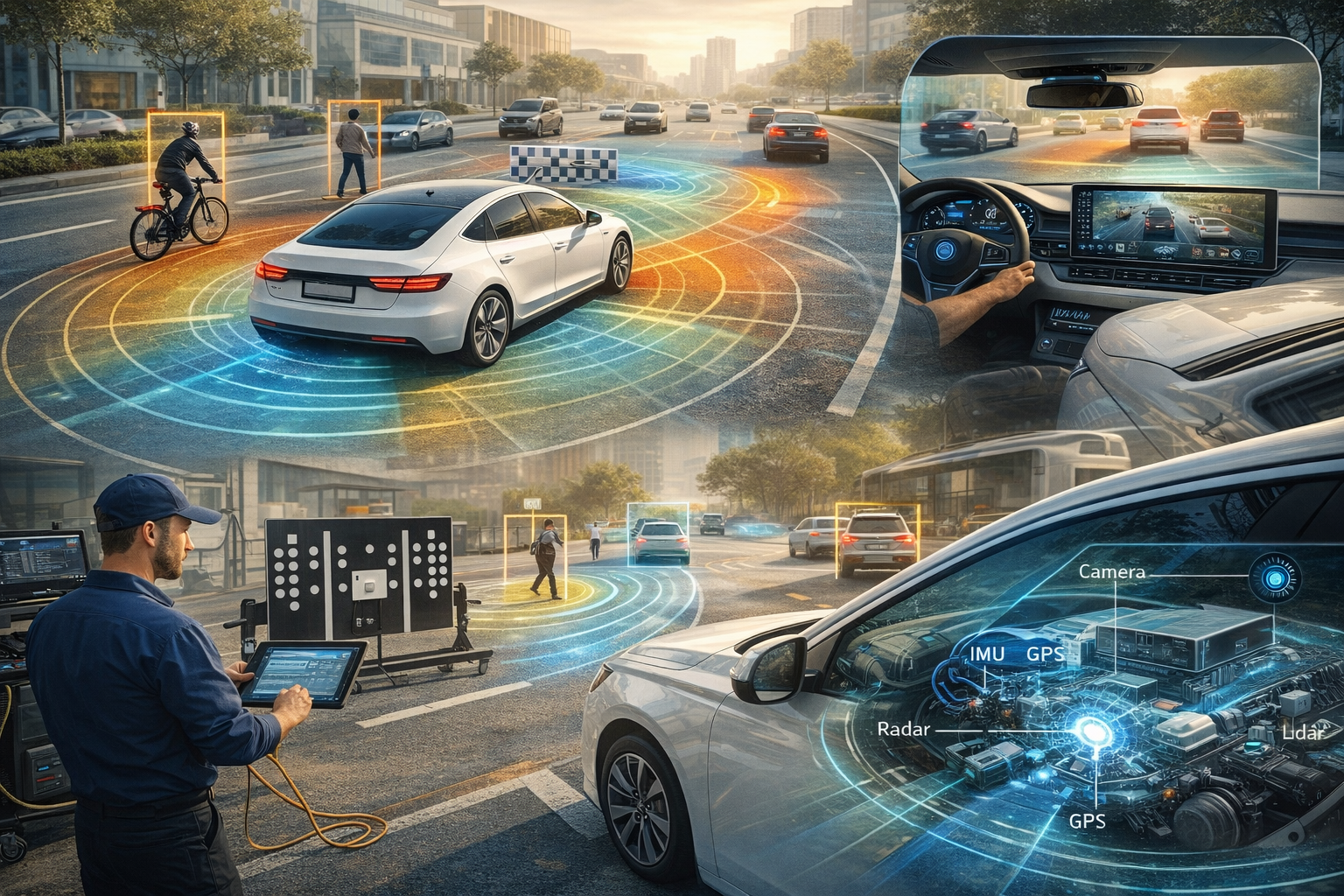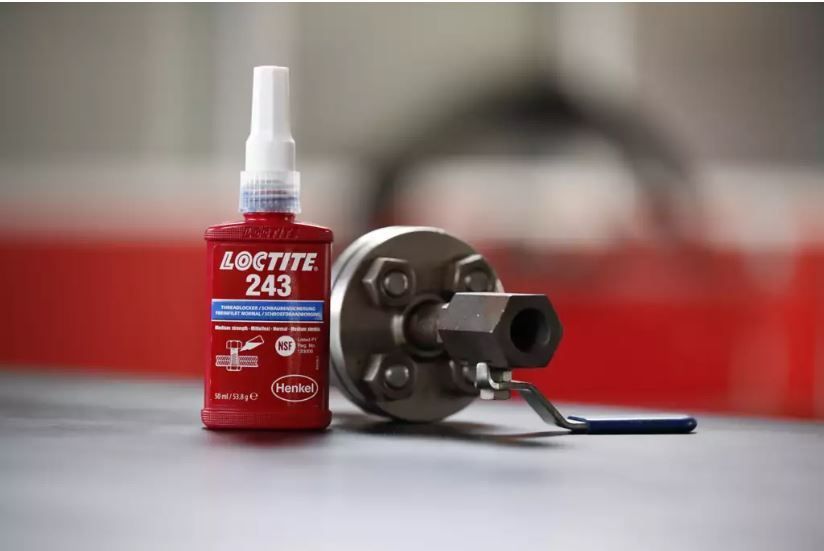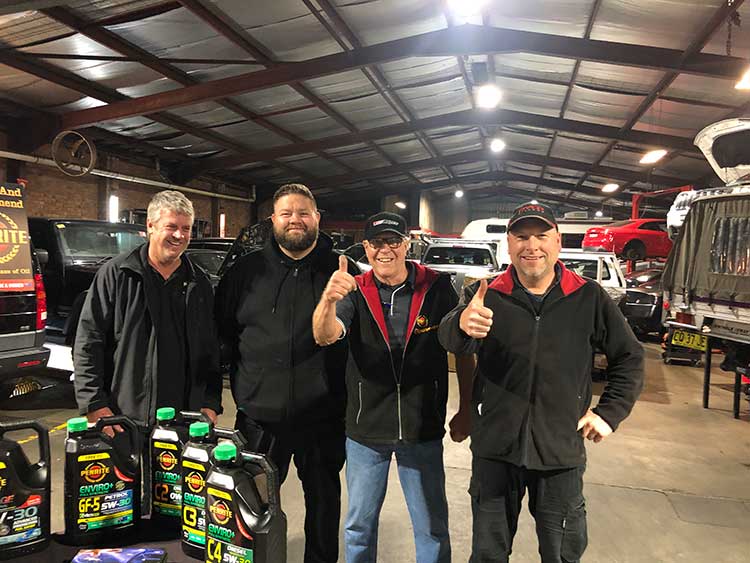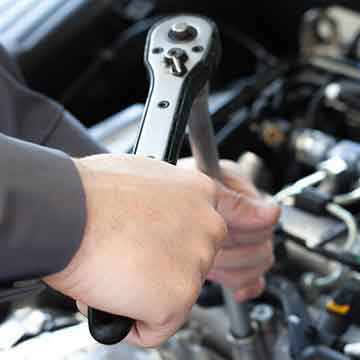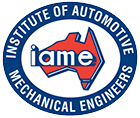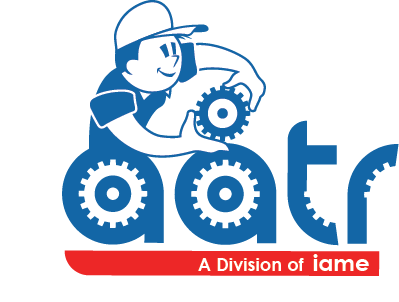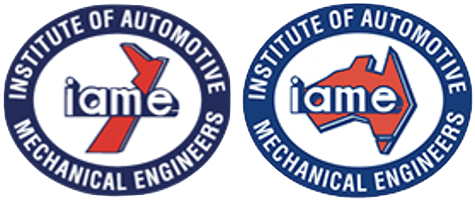Unveiling Short and Long-Range Sensors
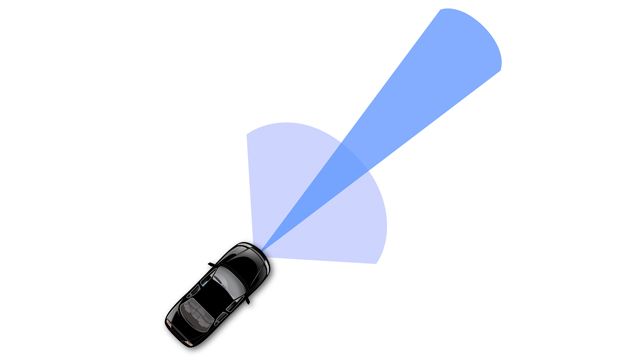
In recent years, the automotive industry has witnessed a revolutionary development in safety technology with the advent of new infrared night vision systems. Part 1 of this article will delve into the cutting-edge short and long-range sensors that are transforming the way vehicles navigate in low-light conditions. As we explore the advancements in this technology, it becomes evident that by 2030, night vision systems will become a standard feature in vehicles, enhancing overall safety.
Short and Long-Range Sensors
The heart of the new infrared night vision technology lies in its sophisticated sensors. Short-range sensors, designed for close proximity detection, allow drivers to perceive obstacles within a few meters. These sensors prove invaluable during city driving, parking, and navigating tight spaces. On the other hand, long-range sensors extend the detection capability to several hundred meters, providing crucial information for drivers on highways and rural roads, where visibility is often limited.
The Setup (Calibration) - No Ride Height Changes
One critical aspect of implementing infrared night vision systems in vehicles is the setup or calibration process. It is suggested that no ride height changes, especially in 4WD Utes, should be made during the installation of these systems. Maintaining the original ride height ensures optimal sensor alignment and accuracy in detecting obstacles at various distances.
Interference Challenges and Impact on Vehicle Protection
While the integration of infrared night vision technology into vehicles presents a significant leap forward in safety, there are challenges on the horizon. The interference caused by Bull Bars, CB Radios, and outback Phone aerials raises concerns that could impact the effectiveness of these systems.
Bull Bars Interference
Bull bars, commonly used as frontal vehicle protection in off-road conditions, may obstruct the field of view of infrared sensors. Manufacturers must address this issue to ensure seamless integration without compromising safety.
CB Radio and Phone Aerials
The interference from CB Radios and outback Phone aerials poses another hurdle. These communication devices, often essential in remote areas, may disrupt the infrared signals, affecting the accuracy of night vision systems. This issue not only presents challenges for aftermarket suppliers but also raises questions about the coexistence of different technologies in vehicles.
Impact on Vehicle Protection
The interference concerns not only pose challenges for night vision technology but also have implications for vehicle protection. If Bull Bars, CB Radios, and aerials are not accounted for in the development of these systems, there could be potential compromises in the overall safety and protection offered by vehicles.
As the automotive industry hurtles towards the widespread adoption of infrared night vision systems by 2030, addressing interference challenges becomes paramount. Part 1 of this series has unveiled the transformative short and long-range sensors while shedding light on the setup intricacies. The bigger picture reveals the need for collaboration between technology developers, aftermarket suppliers, and vehicle manufacturers to ensure a seamless integration that maximizes safety without compromising vehicle protection. In the next chapter, we will explore the potential solutions to these interference challenges and the roadmap towards a future where infrared night vision becomes an indispensable part of every vehicle's safety arsenal.
